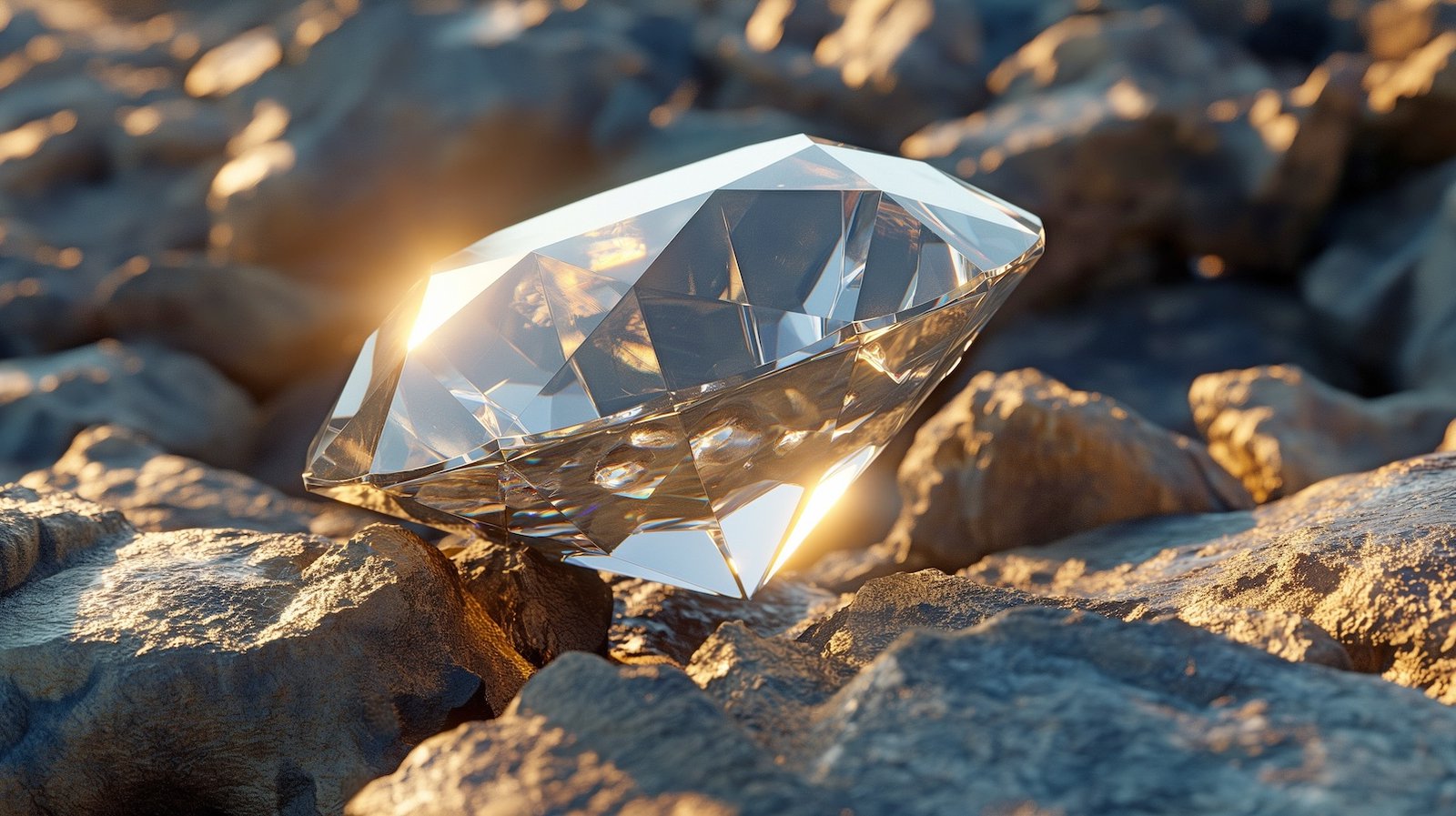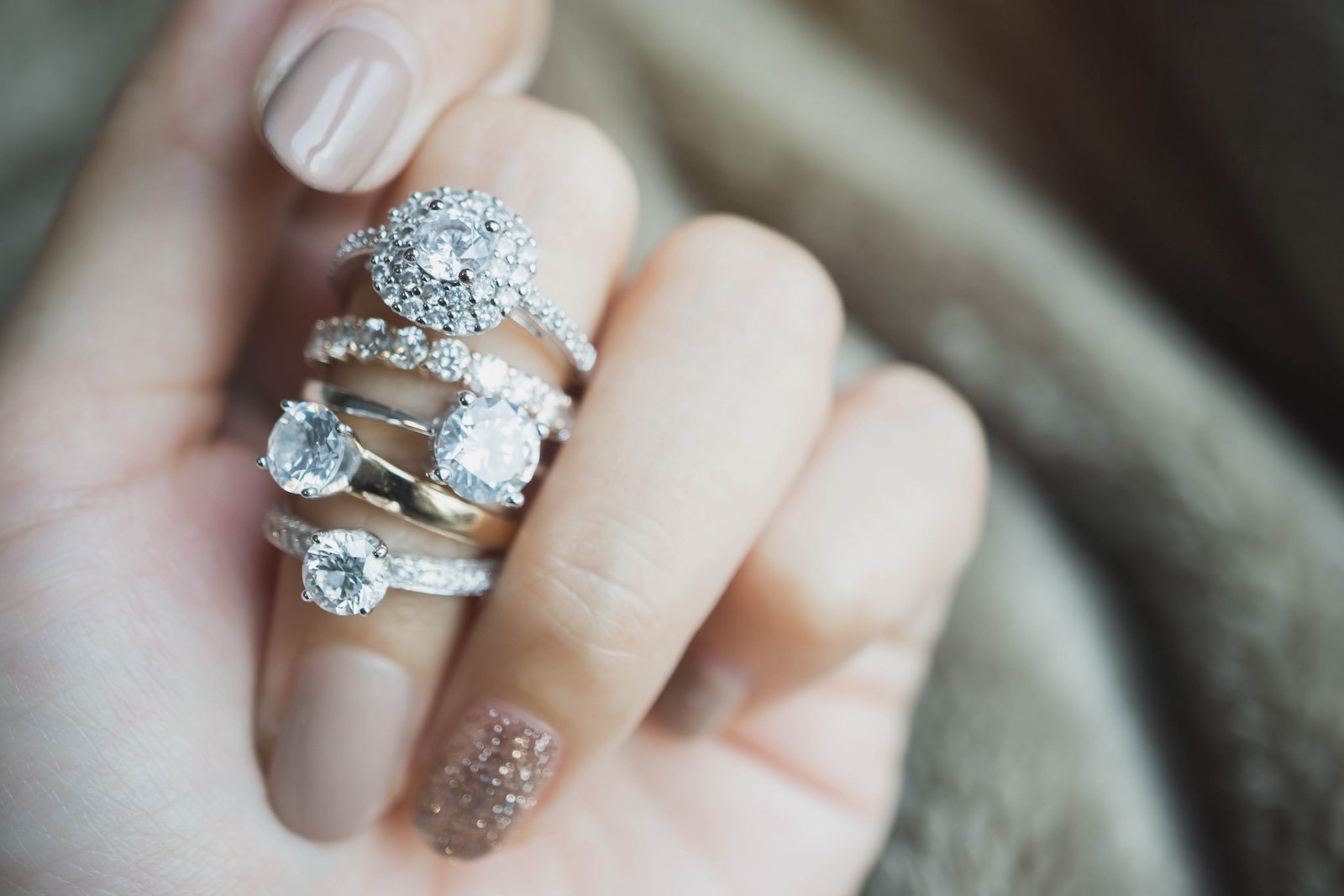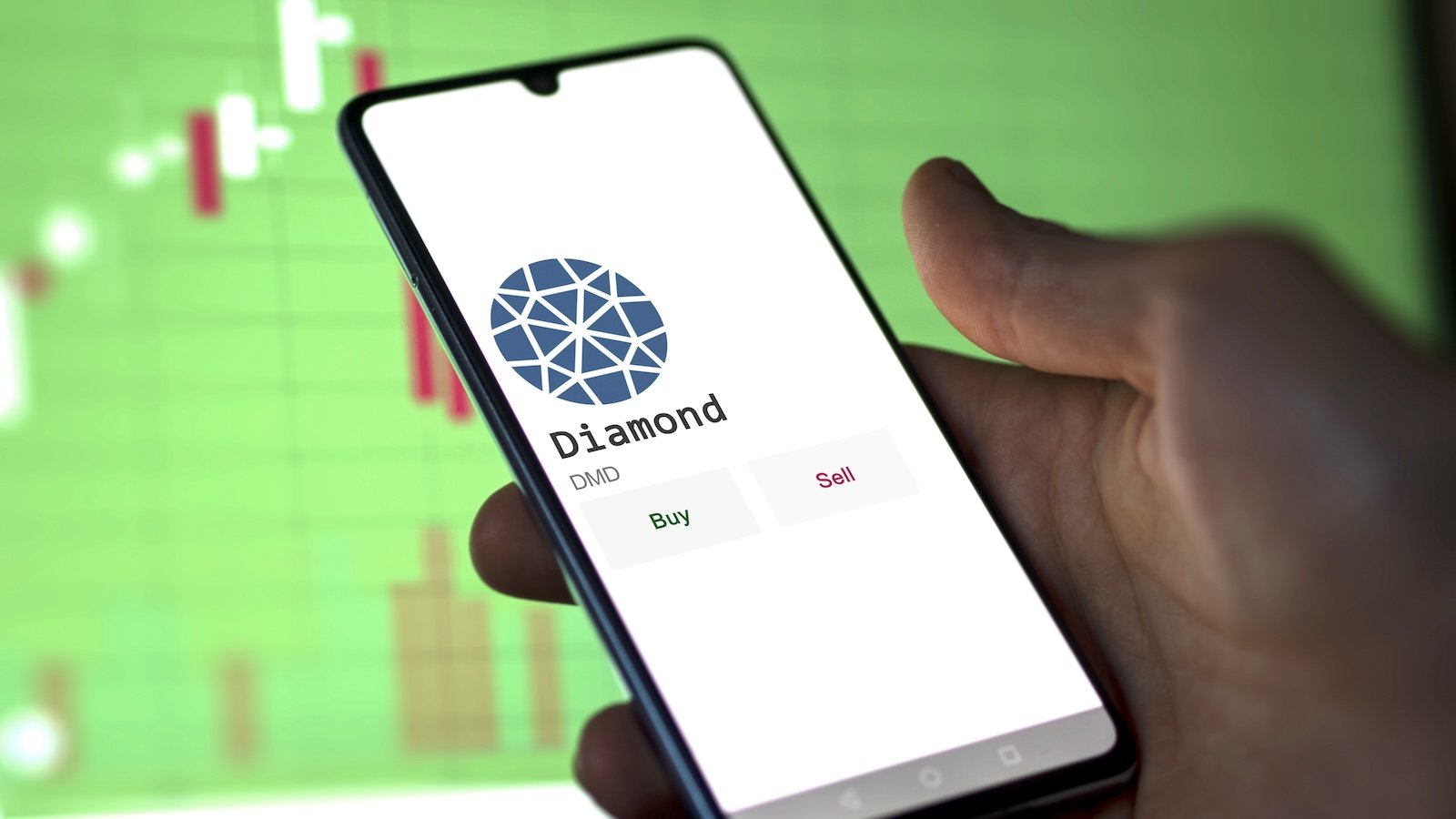Diamonds have been linked with love and romance for hundreds of years. But are they truly precious, or are they just a sparkling illusion? From environmental devastation to ethical concerns, the diamond industry has a complex background. Read on as we uncover the reasons why not to buy natural diamonds.
Their Value Is Inflated By Marketing

While natural diamonds are undeniably beautiful, centuries of marketing have inflated their value. The “A Diamond is Forever” campaign, masterfully crafted by DeBeers, solidified the diamond engagement ring as a symbol of love and commitment. However, this association is essentially arbitrary. The choice of whether to purchase a natural diamond should be based on personal values and preferences, not on the outdated marketing tactics of a single corporation.
Rebel Groups Use Profits For Destructive Activities

The mining of natural diamonds frequently fuels conflict in regions plagued by violence and human rights abuses. Rebel groups use the profits from diamond sales to fund their destructive activities, perpetuating cycles of suffering and instability. While efforts have been made to curb the trade in conflict diamonds, the ethical challenges associated with natural diamond mining persist. Even “conflict-free” diamonds can be tainted by the complexities of the global diamond trade.
Significant Environmental Impact

Natural diamond mining has a significant negative impact on the environment. Large-scale operations destroy habitats, pollute water, and generate vast amounts of waste. Mining a carat of diamond can disrupt nearly 100 square feet of land and produce thousands of pounds of waste. The mining process releases substantial greenhouse gases, such as carbon dioxide. One diamond mine reported producing 727 pounds of carbon dioxide emissions per carat mined in 2022, totaling 164,900 metric tons annually.
It’s Difficult To Trace The Origins

While natural diamonds have long been a symbol of luxury, their supply chain can be fraught with ethical concerns. The Kimberley Process, which is designed to prevent conflict diamonds from entering the market, is not entirely foolproof. As a result, the risk of human rights violations and environmental damage linked with natural diamond mining remains. The complex journey of natural diamonds, involving multiple intermediaries, can make it difficult to trace their origins and ensure their ethical sourcing. This uncertainty has led many consumers to seek alternatives, such as lab-grown diamonds, which offer a more transparent and sustainable option.
Natural Diamonds Can Have Blemishes

Natural diamonds, while often renowned for their beauty, can vary in clarity depending on the presence of inclusions or blemishes. These imperfections can range from internal flaws, such as mineral inclusions, to external blemishes, which may affect the diamond’s durability. While many natural diamonds are eye-clean, meaning flaws are not visible to the naked eye, some may have noticeable imperfections that can impact their overall appearance.
Diamonds Aren’t Actually That Rare

The perception of diamonds as rare and precious has been influenced by a monopoly held by a small group of companies that control a significant portion of the global diamond supply. These companies, which have a long history of diamond mining, have been able to artificially limit the availability of diamonds, driving up prices and perpetuating the myth of their scarcity. This market manipulation has allowed them to maintain substantial profits while restricting consumer access to diamonds.
The Shift In Grading System

The diamond industry has a long history of manipulating consumer perceptions to maximize profits. In the 1960s, faced with a surplus of smaller diamonds, De Beers shifted its marketing strategy to emphasize the 4Cs: carat, cut, clarity, and color. This allowed them to sell lower-quality diamonds, including those from the Soviet Union, at premium prices. By convincing consumers that these factors were more important than size, De Beers successfully transformed the diamond market and cemented its dominance.
Their Value Instantly Depreciates

Diamonds, often touted as valuable investments, can be a costly mistake. Unlike other assets, diamonds typically depreciate in value, especially for lower-quality stones. While rare, high-end diamonds may appreciate, most consumers end up purchasing stones that lose a significant portion of their value immediately upon purchase. This is partly due to the monopoly held by a few major diamond companies, which can artificially inflate prices and limit resale options.
Use Of Child Labor

During the war in Sierra Leone in the 1990s, rebel forces exploited children to mine diamonds, which helped fund the conflict. Reports also indicate that child labor is prevalent in diamond mining in several countries, including Liberia, Angola, the Democratic Republic of the Congo, and Guinea. These children often work in hazardous conditions, facing health risks and exposure to harmful substances. The use of child labor in the diamond industry raises serious ethical concerns and highlights the need for greater transparency and accountability in the supply chain.
There Are Other Options

While popular, the diamond engagement ring is not the only option for couples seeking a meaningful and unique symbol of their love. Different gemstones, including rubies, emeralds, sapphires, and opals, offer beautiful and durable alternatives to diamonds. Lab-grown diamonds and synthetic stones like moissanite and cubic zirconia also provide ethical and affordable choices. By exploring these diverse options, couples can select engagement rings that reflect their individual preferences, values, and personal stories, creating an exceptional and meaningful symbol of their commitment.
